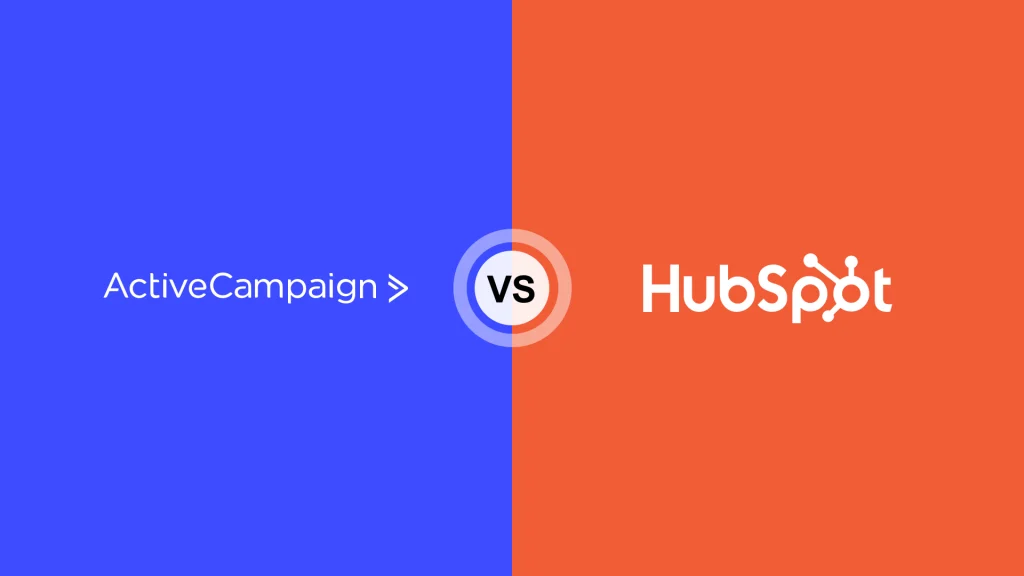Outsmarting the Competition with Competitor Analysis Tools
In the ever-evolving world of business, staying ahead of the curve isn’t just a suggestion, it’s a necessity. But how do you know what curve you’re even on? That’s where competitor analysis comes in. It’s the practice of understanding your competitors’ strategies, strengths, and weaknesses, allowing you to craft informed decisions that give you a distinct edge.
Think of it this way: Imagine running a blindfolded race. Sure, you might stumble towards the finish line, but wouldn’t knowing where the obstacles are, how fast your opponents are running, and even where the shortcuts lie give you a significant advantage? Competitor analysis tools are precisely that – your virtual guide, removing the blindfold and equipping you with the insights you need to dominate the competition.
But wait, there’s more! These tools aren’t just crystal balls offering glimpses into the future. They’re packed with features that provide:
- Data-driven insights: Dive deep into website traffic, popular keywords, and social media engagement, unveiling your competitors’ hidden moves.
- Unveiled content strategies: Discover what topics resonate with their audience, empowering you to create even more captivating content.
- Product development inspiration: Understand your competitors’ offerings and identify untapped opportunities to differentiate your own products.
- Informed marketing decisions: Optimize your campaigns based on competitor performance, ensuring you’re targeting the right audience with the right message.
And these are just a taste of the benefits! Now, you might be wondering what kind of tools exist to unleash this analytical power. Buckle up, because we’re about to explore the diverse landscape of competitor analysis tools in the next section.
Exploring the Arsenal: Different Types of Competitor Analysis Tools
The battlefield of business is vast, and the weapons you choose depend on the war you’re fighting. Just like any good soldier, you wouldn’t use a tank in a guerilla campaign. Similarly, different types of competitor analysis tools cater to specific aspects of your competitive landscape. Let’s dive into the key categories:
1. SEO Spymasters:
- Tools like SEMrush, Ahrefs, and Moz Pro act as your digital detectives, uncovering your competitors’ website traffic, keyword strategies, and backlink profiles.
- Imagine knowing which keywords your competitors are ranking for, allowing you to target those terms and steal their search engine glory.
2. Social Media Ninjas:
- Sprout Social, BuzzSumo, and Brand24 transform you into a social media ninja, tracking every chirp and like your competitors make.
- Analyze their engagement rates, brand sentiment, and trending topics, allowing you to tailor your social media strategy for maximum impact.
3. Market Research Mavens:
- Owler, Similarweb, and SpyFu grant you the bird’s-eye view of a market research maven. Gain insights into your competitors’ financials, funding rounds, and product offerings.
- Understand their market positioning and identify potential weaknesses you can exploit.
4. Content Marketing Commandos:
- SparkToro, BuzzSumo, and Curata arm you with the arsenal of a content marketing commando. Analyze your competitors’ content performance, discover trending topics, and identify content gaps.
- Create content that resonates with your audience and leaves your competitors in the dust.
Choosing Your Tool: Key Features to Consider
Finding the right competitor analysis tool can feel like navigating a minefield. Don’t worry, we’re here to equip you with the map and compass you need to make an informed decision. Here are the key features to consider before you embark on your analytical adventure:
1. Budget: Let’s be honest, budgets matter. Do you have a war chest overflowing with gold, or are you operating on a shoestring budget? There are plenty of free tools with basic features, while paid tools offer more sophisticated capabilities. Remember, the most expensive tool isn’t always the best fit.
2. Industry Specificity: Are you battling giants in the tech industry, or fighting for dominance in a niche market? Some tools specialize in specific industries, offering deeper insights and data tailored to your sector. Choosing a tool that understands your battlefield can be invaluable.
3. Data Depth and Accuracy: Information is power, but only if it’s reliable. Make sure the tool you choose provides accurate and comprehensive data, covering essential aspects like website traffic, keywords, and social media engagement. Don’t get caught using outdated or inaccurate intel!
4. Ease of Use: Not everyone is a data scientist. Choose a tool with a user-friendly interface and intuitive design. Even the most powerful tool is useless if you can’t navigate it without getting lost. Look for tutorials, helpful resources, and clear visualizations to ease your learning curve.
5. Integrations: No soldier fights alone. Choose a tool that integrates seamlessly with other marketing platforms and software you use. This enables streamlined workflows and eliminates data silos, giving you a holistic view of your competitive landscape.
Bonus Tip: Don’t be afraid to try before you buy. Many tools offer free trials or limited access plans, allowing you to test the waters and see if it’s a good fit.
Case Studies: Tales of Triumph through Competitor Analysis
Seeing is believing, and what better way to showcase the power of competitor analysis tools than through real-world success stories? Buckle up, because we’re about to witness how companies leveraged these tools to dominate their markets:
1. From Laggard to Leader: How a Clothing Brand Beat the Giants:
A small, eco-conscious clothing brand struggled to compete with established giants. Using social media listening tools,they discovered a niche market craving sustainable fashion with unique designs. By tailoring their content and product offerings to this specific audience, they carved out a space for themselves and achieved significant growth.
2. Tech Startup Outwits Goliath: Content Marketing Triumph:
A fledgling tech startup faced a daunting competitor with a seemingly unbeatable marketing budget. By utilizing content marketing tools, they identified trending topics and created high-quality content resonating with their target audience.Their content went viral, attracting valuable leads and propelling them into the spotlight.
3. Market Maverick: Redefining the Industry with Data-Driven Insights:
A savvy entrepreneur in the food delivery industry used market research tools to understand competitor pricing strategies and identify gaps in the market. They offered a customized, affordable delivery service, capturing a sizable market share and disrupting the industry.
These are just a few examples, but they paint a clear picture: competitor analysis tools are not just fancy gadgets, they’re game-changers. By using them strategically, companies of all sizes can gain valuable insights, identify opportunities, and outsmart their competitors to achieve remarkable success.
Conclusion
Throughout this journey, we’ve explored the exciting world of competitor analysis tools, unveiling their power to transform your business strategy. Remember, the key takeaway isn’t just knowing your competitors, but understandingthem like your own reflection. These tools are your guide on this path to understanding, equipping you with the data and insights needed to craft informed decisions, optimize your efforts, and ultimately, outsmart your competition.
Here’s your cheat sheet to becoming a competitor analysis ace:
- Define your goals: What do you want to achieve by analyzing your competitors? Increased market share?Improved brand awareness? Having a clear goal guides your tool selection and analysis focus.
- Choose the right weapon: Consider your budget, industry, data needs, ease of use, and integration preferences when selecting your tool. Remember, the most expensive isn’t always the best!
- Dive deep: Don’t just skim the surface. Analyze your competitors’ website traffic, keywords, social media engagement, content strategy, product offerings, and market positioning.
- Action, not just analysis: Translate your insights into actionable strategies. Optimize your website, create engaging content, refine your marketing campaigns, and develop innovative products based on your findings.
- Stay updated: The competitive landscape constantly evolves. Regularly revisit your competitor analysis to stay ahead of the curve.
Remember, competitor analysis is not a one-time event, but an ongoing process. By continually leveraging these tools and insights, you can transform your business into a force to be reckoned with, leaving your competitors in the dust. Now go forth, analyze, and conquer!



